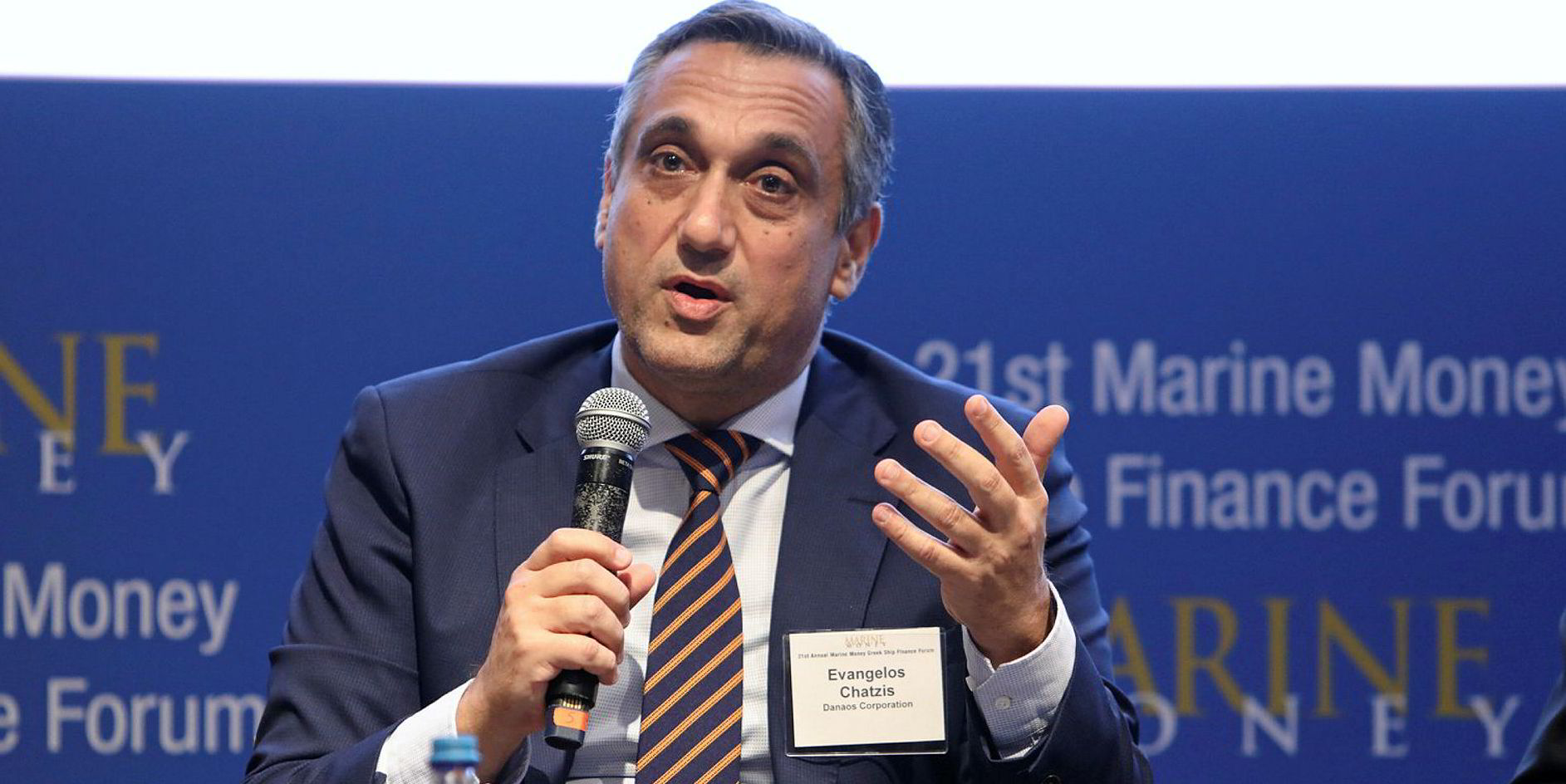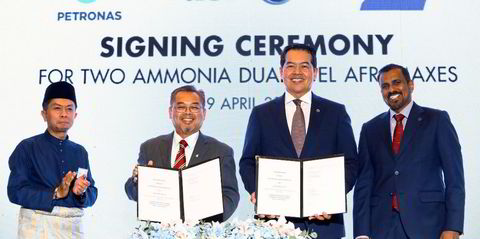The escalation of Covid-19 into a pandemic in the first quarter of 2020 crippled world trade and sent the container market on a bumpy ride through lockdowns, port closures, blank sailings and redelivery of vessels.
Equally abruptly, markets ricocheted with incredible stamina post-summer.
Thus far in 2020, we have witnessed the idle container fleet increasing from 6% in January to 11% in May before dropping to 1% at the end of October.
With the exceptional post-summer rebound, freight and charter rates saw historically strong uplifts, with relevant container indices more than doubling over the course of a few months and liner companies posting record-high earnings.
In tandem, average time-charter periods increased substantially during the course of April to November.
Looking ahead, the pandemic has rattled international trading patterns and prompted structural shifts in consumer behaviour.
Some are permanent, others are extraordinary effects linked to, for example, catch-up effects and restocking but also equipment shortages and port congestions.
In aggregate, the changes create disruption on the demand side and will continue to accelerate the charter rate boom.
The trading of commodity goods proved less exposed to the crisis compared to non-tradable services, inducing a notable further nudge towards e-commerce.
Secondly, Covid-19 has accelerated the revision of supply chains and sourcing diversification that had already started in response to the US-China trade war, in effect fostering more intra-regional trade.
Thirdly, the emergence of new free trade agreements such as the recently formed Regional Comprehensive Economic Partnership (RECP) adds further sustainable support to trade demand going forward, benefiting container trade.
On the supply side, container tonnage providers serving intra-regional trade lanes will find mid to long-term fundamentals encouraging.
Scarce newbuildings
With scarce newbuilding activity and a historical low orderbook of 8%, supply growth will stay moderate in the years to come.
This is further assured by newbuilding propulsion uncertainties and environmental regulations, and should hold true especially for smaller tonnage as the total orderbook is biased towards larger-vessel segments.
As a shipowner, owning and operating assets with a certain economic useful life, one primary objective is to successfully manage residual value risk whilst positioning oneself to exercise the maximum upside potential.
In times with increasing technological and regulatory change, this serves an even greater purpose.
With significant operational leverage, we feel well positioned to benefit from the present charter market recovery and to manage residual value risk down to scrap, while maintaining significant upside through continuous operations.







